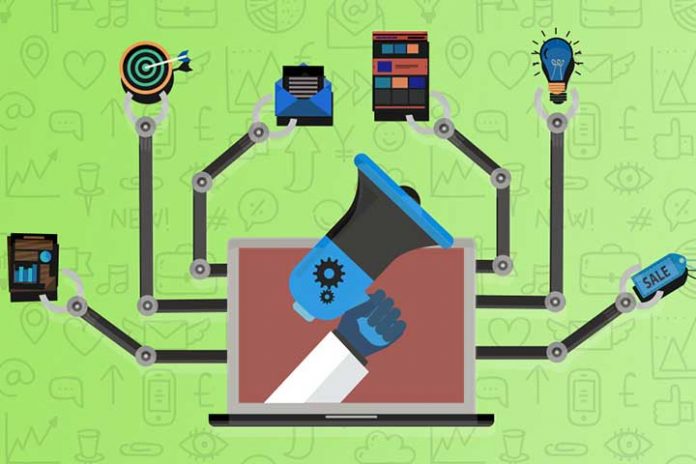Time-saving, easier prospecting, and improved conversion rates… The benefits of automation are significant today…
Definition: Marketing automation broadly refers to the automation of marketing campaigns triggered by a set of predefined conditions and based on user behaviour.
Many companies still waste too much time performing operational tasks that do not add value to the business. If you are one of them, you waste considerable time optimizing high potential levers.
More than a buzzword, marketing automation is the ideal solution to free up your actionable time and boost the growth of your turnover.
1. Considerable time saving
Imagine the time your teams or yourselves would save if you eliminated extra and time-consuming tasks.
There is little chance that you will take pleasure in sending 2920 follow-up emails to the same contact or canvassing your leads as part of prospecting on Linkedin.
With the right tool, you won’t have to.
According to some studies, you would save almost one week of work per month.
By automating these tasks, you can focus on more rewarding tasks such as optimizing your content strategy, making appointments with your prospects, analyzing the results of your campaigns, etc.
Moreover, you significantly reduce your marketing budget by spending less time, human resources, and money to capture leads.
2. More easily acquired leads
Automation allows you to measure the interest of your prospects for each of your marketing actions.
For each new campaign, you must create workflows, namely scenarios of predefined and fully automated tasks.
Thanks to your workflow, you precisely delineate the engagement of your leads at each stage of your conversion funnel.
This is where lead scoring comes in.
It is an entirely automated process, very simple to set up. It allows you to gauge the interest of your prospects for your company or product.
For each action performed ( he subscribes to your social networks, reads your newsletter, responds to your prospecting email, etc. ), your marketing automation tool assigns points to your prospect. The more issues he has, the more likely he is to convert.
It’s up to you to push the right message to push him to the act of conversion.
3. Improved conversion rate
By precisely defining the characteristics of your leads, you will be better able to offer them the right action at the right time so that they convert.
Let’s take a concrete example:
- You distribute a landing page of a white paper on Linkedin to targeted contacts via dedicated software (Sales Navigator, for example).
- Thanks to it, you collect the phone number of a prospect.
- You use this phone number to send him a WhatsApp message.
- He opens the message that offers him discovery training on a subject related to the white paper he has already downloaded.
- He clicks on the training link but soon gives up.
- Two days later, you relaunch it with an “exclusive” promotion, with a personalized message.
- Your lead subscribes to the training. He then becomes a customer of your company.
In this example, you used four automation methods, which improved your prospect’s experience. He has logically become a customer thanks to an offer that he thinks is tailor-made.
Using a marketing automation tool will increase your conversion rate by 53%.
However, marketing automation is not a magic recipe. To be sure to benefit from all its advantages, you still need to know the right ingredients!

